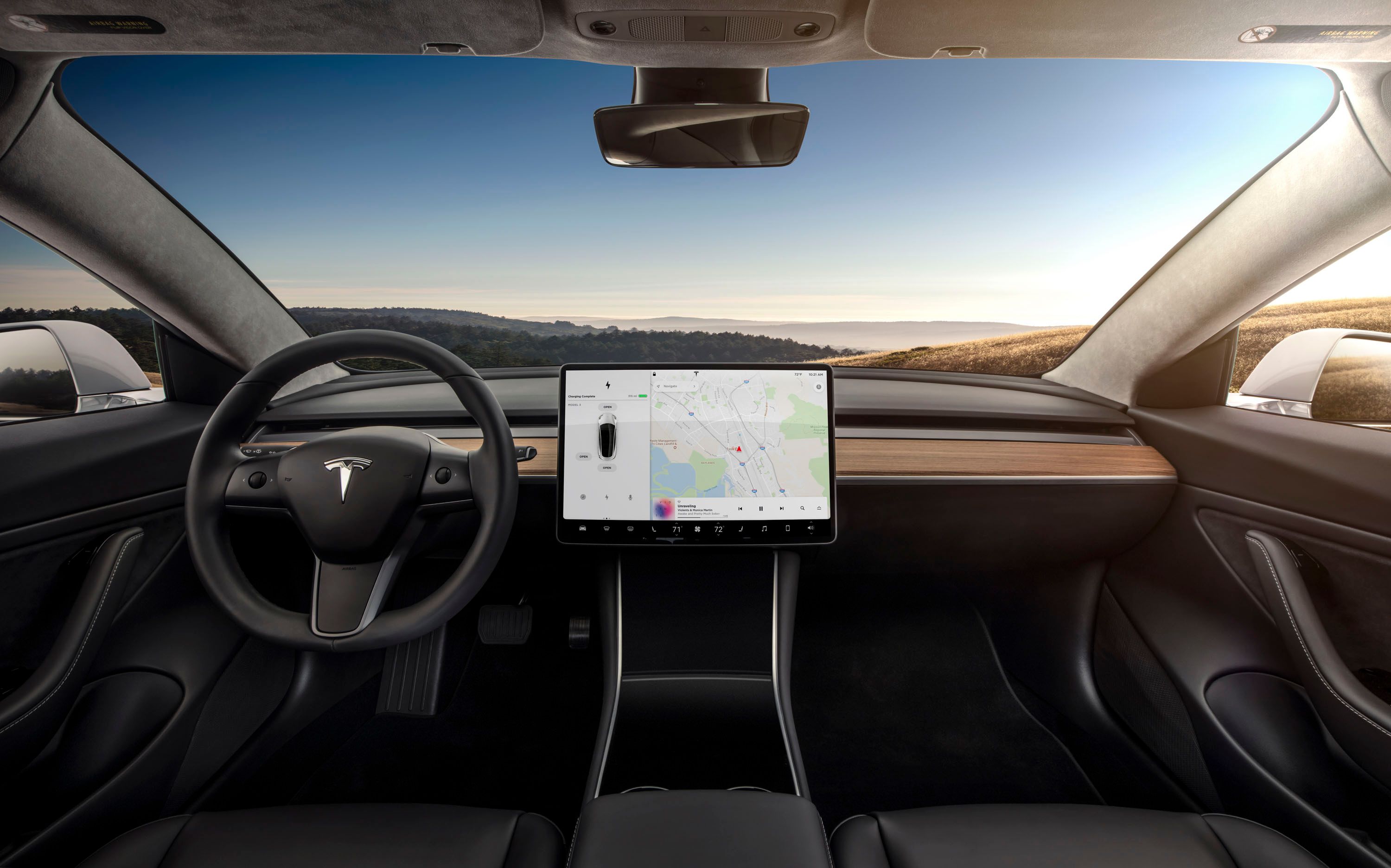When developed properly, autonomous driving technology comes with a basket-full of perks. One of those perks is for drivers to be more productive when they’re traveling. They can hand the wheel over to the car and let the car drive itself to the destination. But as promising as self-driving tech is, there are some potential inconveniences to using it, specifically from those who suffer motion sickness. On that end, researchers from the University of Michigan have received a patent on a universal motion sickness countermeasure system in the form of eyeglasses that provide light stimuli in the periphery of a driver or passenger that mimics what they might see outside. The technology is said to be capable of eliminating the “conflict between vestibular and visual inputs,” regarded by the medical community as the root cause of motion sickness.
Michael Sivak and Brandon Schoettle of the U-M Transpiration Research Institute are the brains behind the technology. Together, the two research professors have been working with U-M Transfer Tech to commercialize an invention they think could help alleviate motion sickness among people who suffer from it. In a conversation with the university’s news outlet, Sivak indicated that the invention ties the autonomous driving technology. "This is more important with the introduction of autonomous vehicles," he said. "In autonomous cars, everyone will be a passenger. So you will have a larger potential pool of sick people. The protection that drivers have received from driving won't be there anymore."
Sivak notes that roughly half of today's adult population suffer from motion sickness just by reading a book inside a car. The technology's potential benefits to people suffering from motion sickness could prove to be vital for automakers, especially if they're trying to sell self-driving technology to people who keep themselves busy while inside a car whether it's working on laptops, reading a book, watching videos, or simply sitting in non-traditional interior configurations. "The productivity gains that the proponents of self-driving vehicles are talking about may not happen if we don't address the motion sickness problem," he said.
The issued patent for Sivak and Schoettle’s invention could go a long way in addressing that potential problem. Keith Hughes, assistant director of Transportation and Battery Commercialization at U-M Tech Transfer, told the university’s news outlet that the team behind the system are in the process of contacting suppliers and automakers to help commercialize the technology.
References
Read more technology news.
Read more autonomous cars news.

